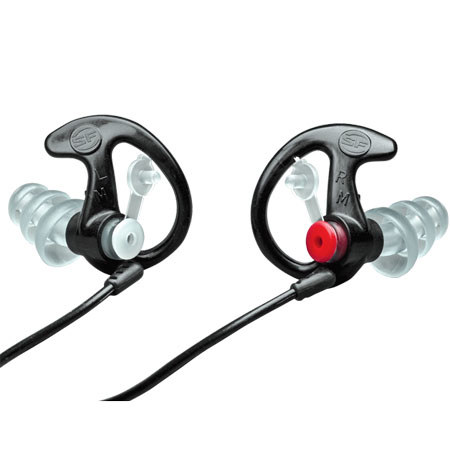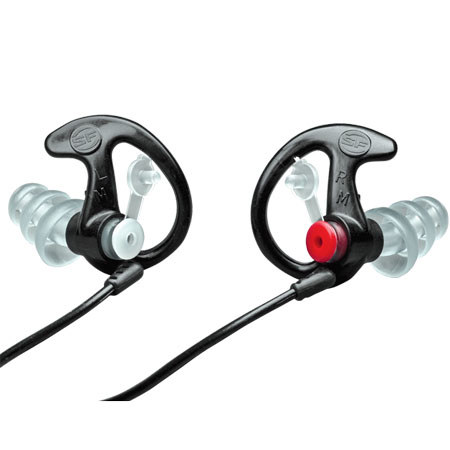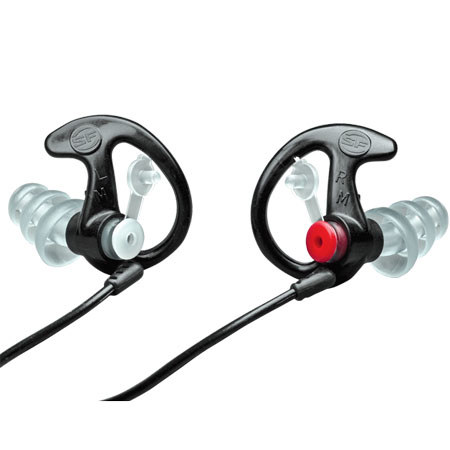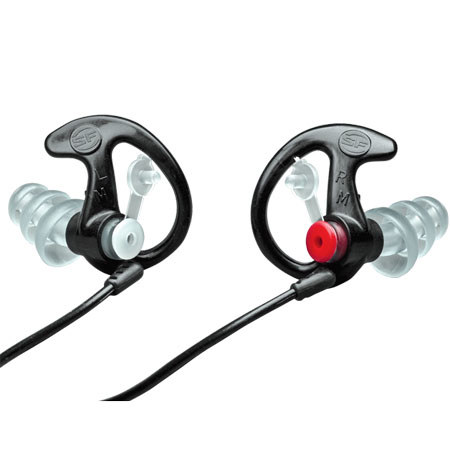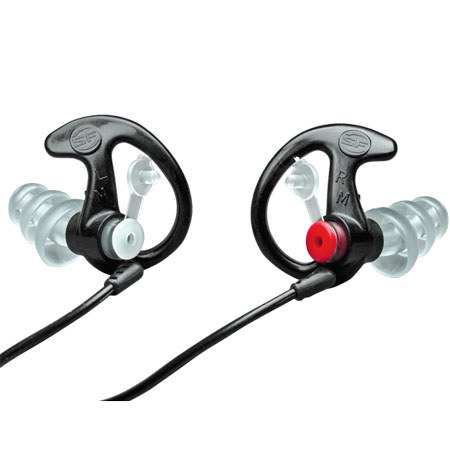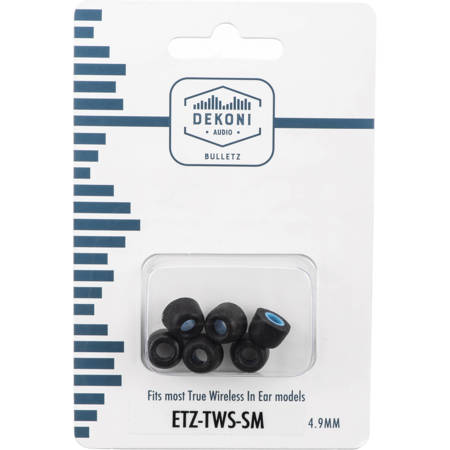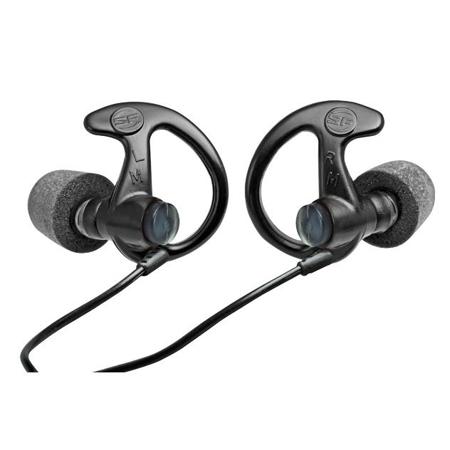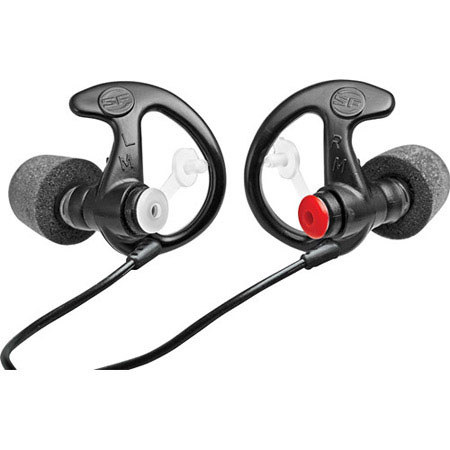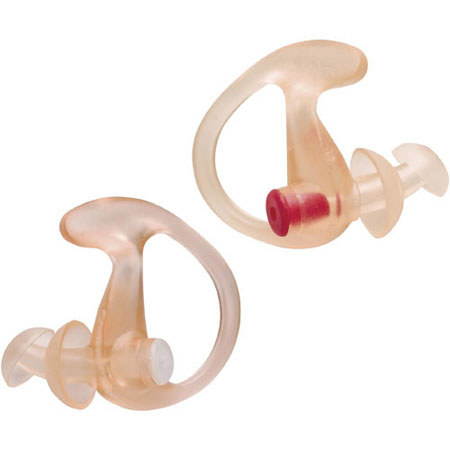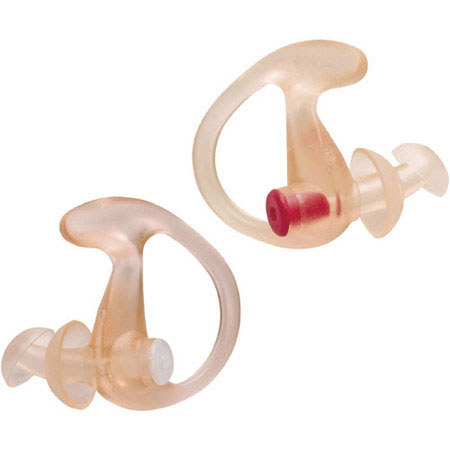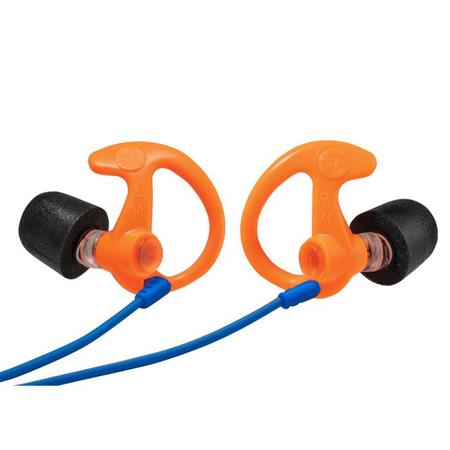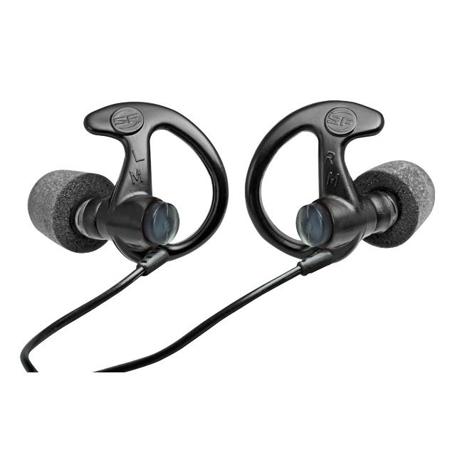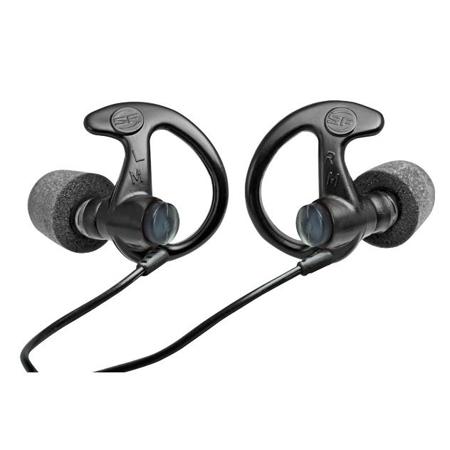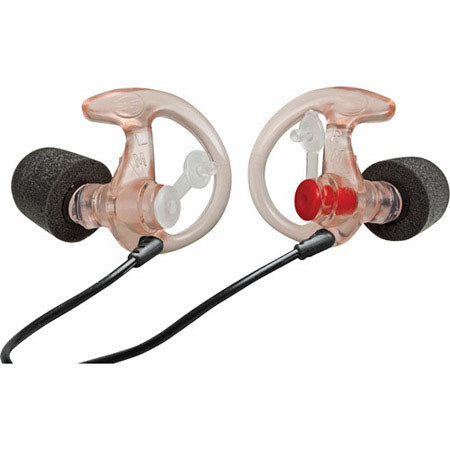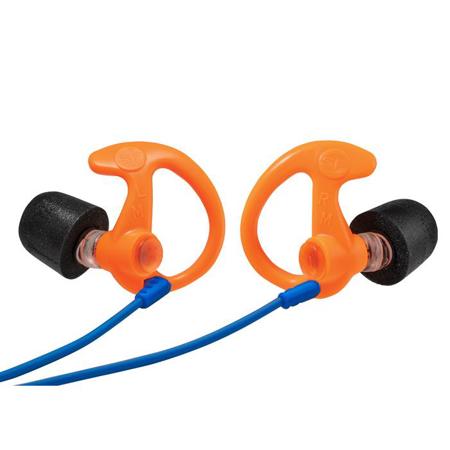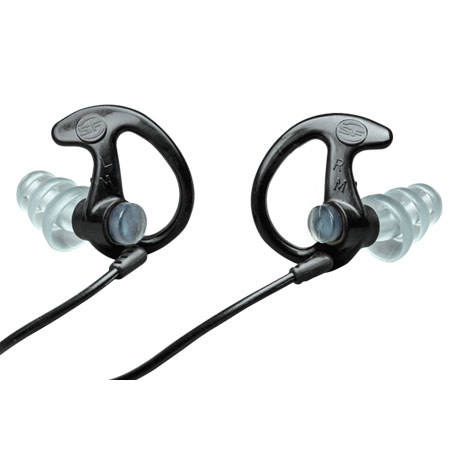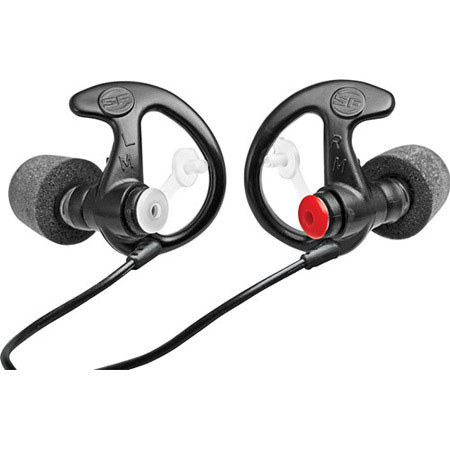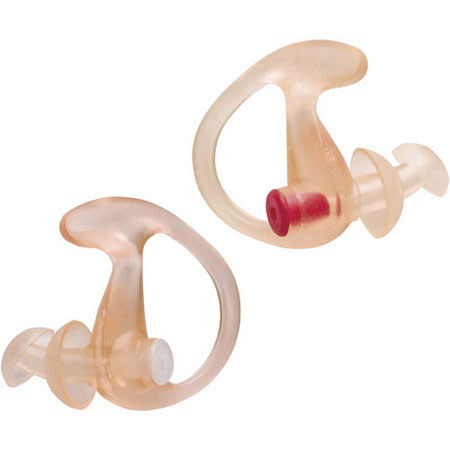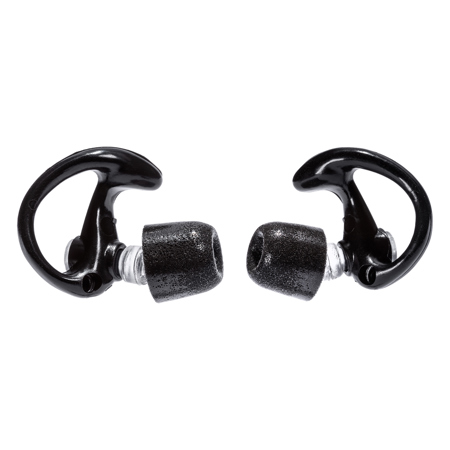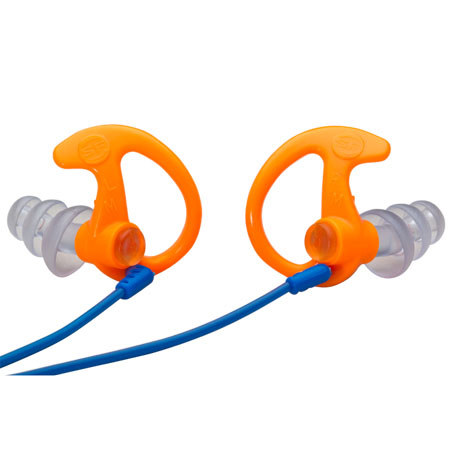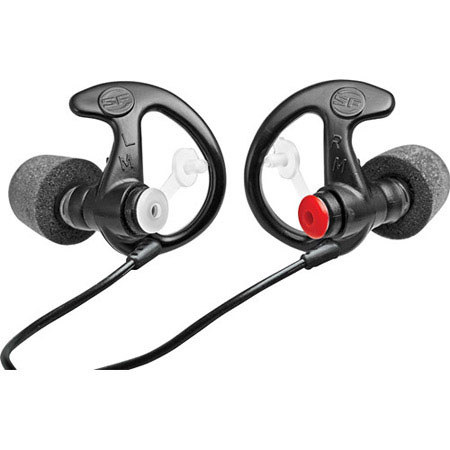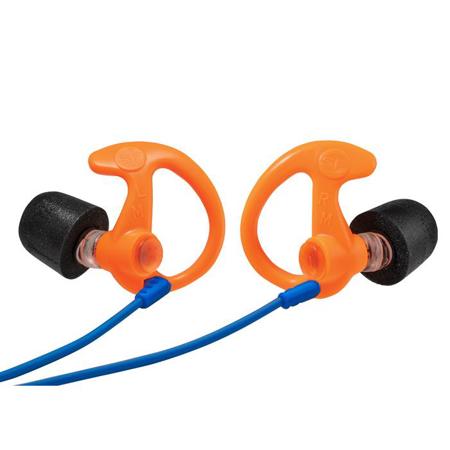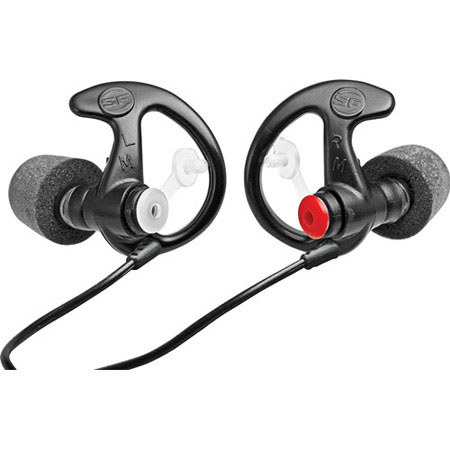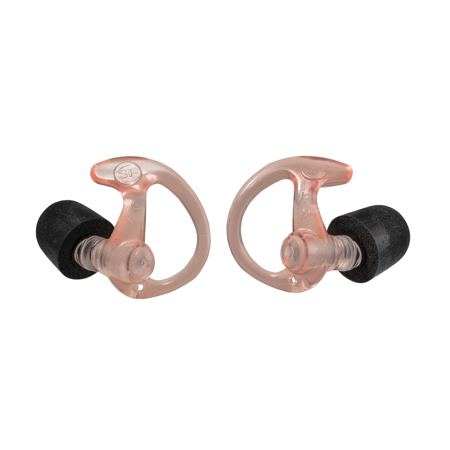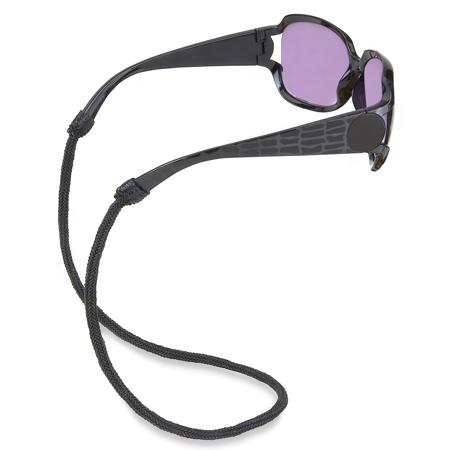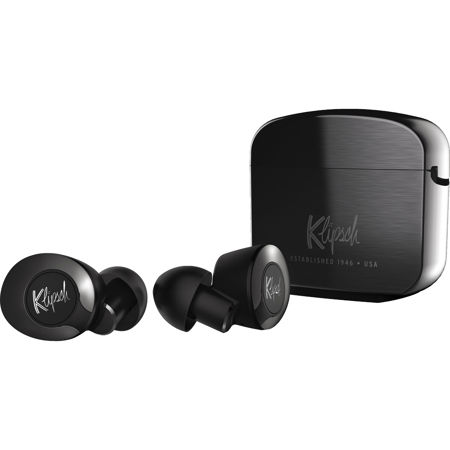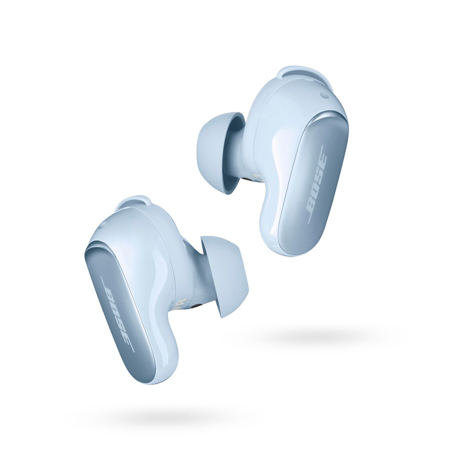Earplugs for Sensitive Ears
When it comes to earplugs for sensitive ears, comfort and protection go hand in hand. Individuals with heightened auditory sensitivity—whether due to sensory processing conditions, smaller ear canals, or an aversion to pressure—often find that standard earplugs fall short. The right pair is not just about reducing decibel levels; it’s about creating a gentle barrier that doesn’t irritate delicate skin or cause discomfort during extended wear. Soft foam and moldable silicone earplugs are particularly popular for this reason, as they conform to the unique shape of the ear, ensuring a snug yet gentle fit. This is especially important for those who use earplugs for sleeping, travel, or focus—times when even the slightest discomfort can disrupt rest or concentration. The transition into autumn brings with it a host of new scenarios where earplugs become essential: bustling commutes, the return of indoor concerts, and the unpredictable noise of seasonal celebrations. For parents of children with sensory sensitivities or adults navigating the overstimulation of daily life, having reliable earplugs on hand can make a world of difference.
Selecting earplugs for sensitive ears involves a few key considerations. Material is paramount; hypoallergenic, latex-free options reduce the risk of irritation, while smooth, seamless finishes prevent friction against the ear canal. Many people with sensitive ears gravitate toward earplugs that offer a customizable fit, such as those made from moldable silicone or memory foam. These designs can be gently shaped to the contours of the ear, creating a secure seal without exerting uncomfortable pressure. For those who need to filter out specific types of noise—like the hum of an airplane engine or the unpredictable bursts of city traffic—acoustic filter earplugs provide targeted attenuation, lowering sound levels while preserving clarity. This is particularly valuable for musicians, students, or anyone who wants to remain aware of their environment without being overwhelmed. Noise Reduction Rating (NRR) is another important metric, especially for those seeking maximum protection in loud environments. Earplugs with a higher NRR offer greater sound reduction, but it’s crucial to balance this with comfort and breathability, ensuring the earplugs can be worn for hours if needed.
Earplugs designed for sensitive ears also make thoughtful, practical gifts. As autumn events pick up and routines become more hectic, gifting a set of comfortable, high-quality earplugs can be a gesture of care—helping a loved one find calm amid the seasonal bustle. Whether for a college student adjusting to dorm noise, a frequent traveler bracing for long-haul flights, or a friend who enjoys live music but struggles with volume, the right earplugs empower users to enjoy experiences on their own terms. For those interested in further enhancing comfort with in-ear audio devices, exploring specialized earbud tips can also make a significant difference. Learn more about this topic by visiting Earbud Tips For Sensitive Ears. With the right earplugs, sensitive ears can find relief and protection, supporting well-being through every season and setting.
Selecting earplugs for sensitive ears involves a few key considerations. Material is paramount; hypoallergenic, latex-free options reduce the risk of irritation, while smooth, seamless finishes prevent friction against the ear canal. Many people with sensitive ears gravitate toward earplugs that offer a customizable fit, such as those made from moldable silicone or memory foam. These designs can be gently shaped to the contours of the ear, creating a secure seal without exerting uncomfortable pressure. For those who need to filter out specific types of noise—like the hum of an airplane engine or the unpredictable bursts of city traffic—acoustic filter earplugs provide targeted attenuation, lowering sound levels while preserving clarity. This is particularly valuable for musicians, students, or anyone who wants to remain aware of their environment without being overwhelmed. Noise Reduction Rating (NRR) is another important metric, especially for those seeking maximum protection in loud environments. Earplugs with a higher NRR offer greater sound reduction, but it’s crucial to balance this with comfort and breathability, ensuring the earplugs can be worn for hours if needed.
Earplugs designed for sensitive ears also make thoughtful, practical gifts. As autumn events pick up and routines become more hectic, gifting a set of comfortable, high-quality earplugs can be a gesture of care—helping a loved one find calm amid the seasonal bustle. Whether for a college student adjusting to dorm noise, a frequent traveler bracing for long-haul flights, or a friend who enjoys live music but struggles with volume, the right earplugs empower users to enjoy experiences on their own terms. For those interested in further enhancing comfort with in-ear audio devices, exploring specialized earbud tips can also make a significant difference. Learn more about this topic by visiting Earbud Tips For Sensitive Ears. With the right earplugs, sensitive ears can find relief and protection, supporting well-being through every season and setting.
